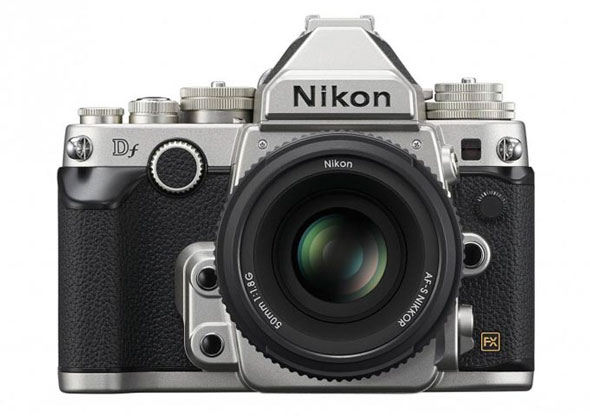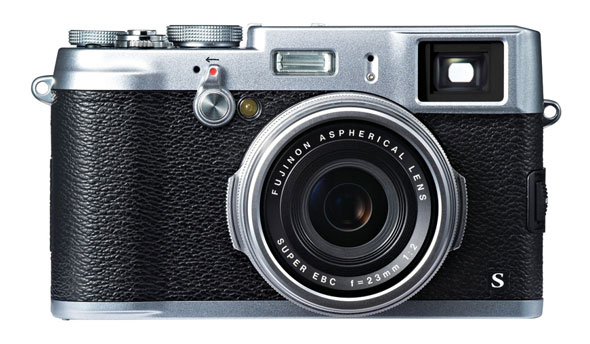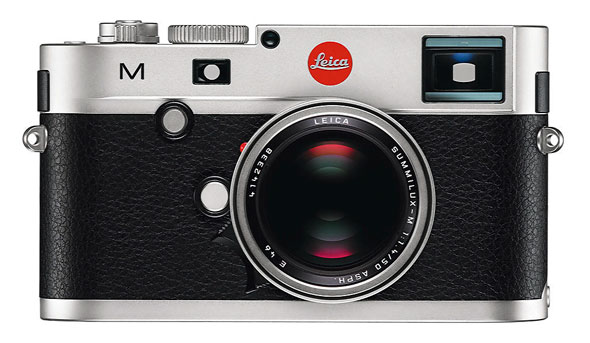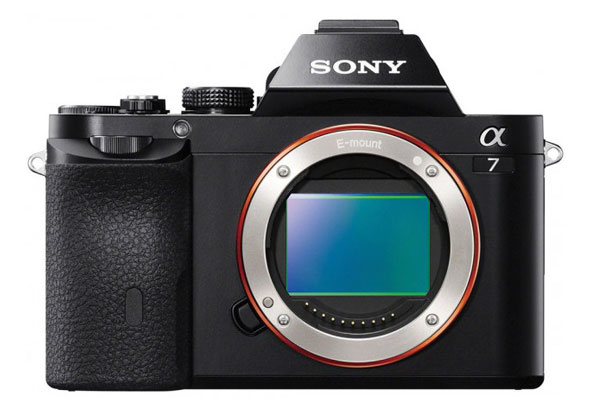With the exception of Canon, about every major camera maker has jumped on the bandwagon of retro-styled gear. Add the many nostalgia filters and looks available. “Classic” — a trend started by Olympus and Fujifilm with the OM-D and X series — continues to be popular with photographers and camera makers alike. The Nikon Df is the latest addition to an overly saturated market that is looking for new marketing and sales channels.
All of these retro-styled cameras have one thing in common. They remind the older generation of cameras used three or four decades ago while for younger photographers they stand for high quality, value and tradition. Leica long held the monopoly as the undisputed standard when it came to classic cameras. Now others have entered the ring, partly inspired by Leica’s success model.
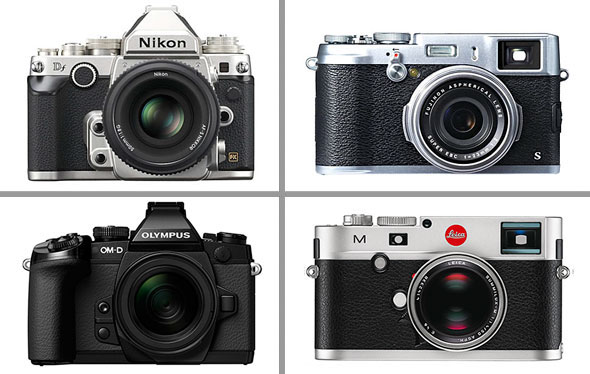
In the end, the retro models are somewhat of a body double for a conventional Leica — which brings us to the premium prices retro costs you. While Fujifilm positions its models at the lower end of the upscale prices, Olympus is everything but shy and Nikon throws in some of its best imaging technology to justify a hefty price tag.
While Fujifilm offers the widest range of classic style cameras with the X-Pro1, X-E2, X20 and X-M1, lest we forget Sony’s revolutionary full-frame A7s, offering a kind of hybrid design by blending contemporary with old school: a mix between NEX brick, classic pentaprism and no-frills body.
Another major player is Olympus with its popular OM-Ds closely resembling the old-school OM film camera introduced in 1973 and advertised as “world’s smallest and lightest 35mm SLR camera.” Olympus broke away from the standard SLR cameras at the time and made a small, more compact version in the 1970s and 1980s — a strategy they now repeated with the digital OMs.
